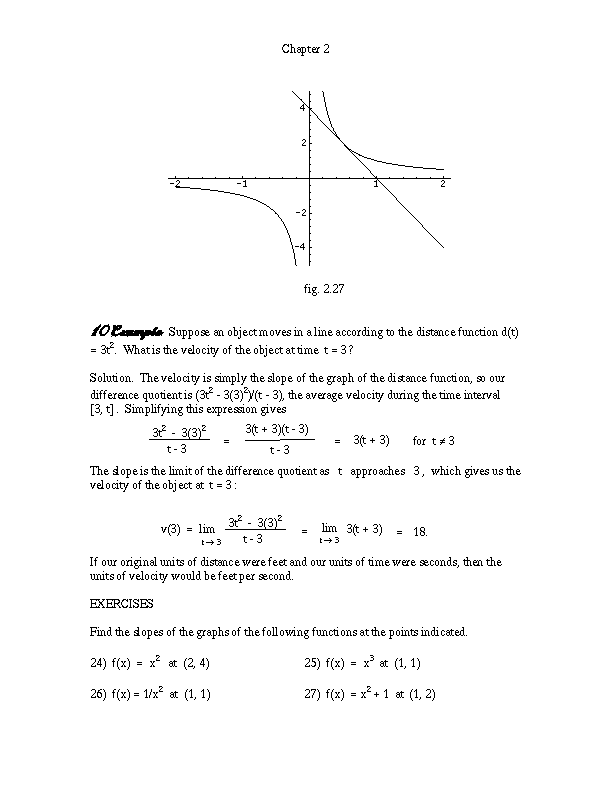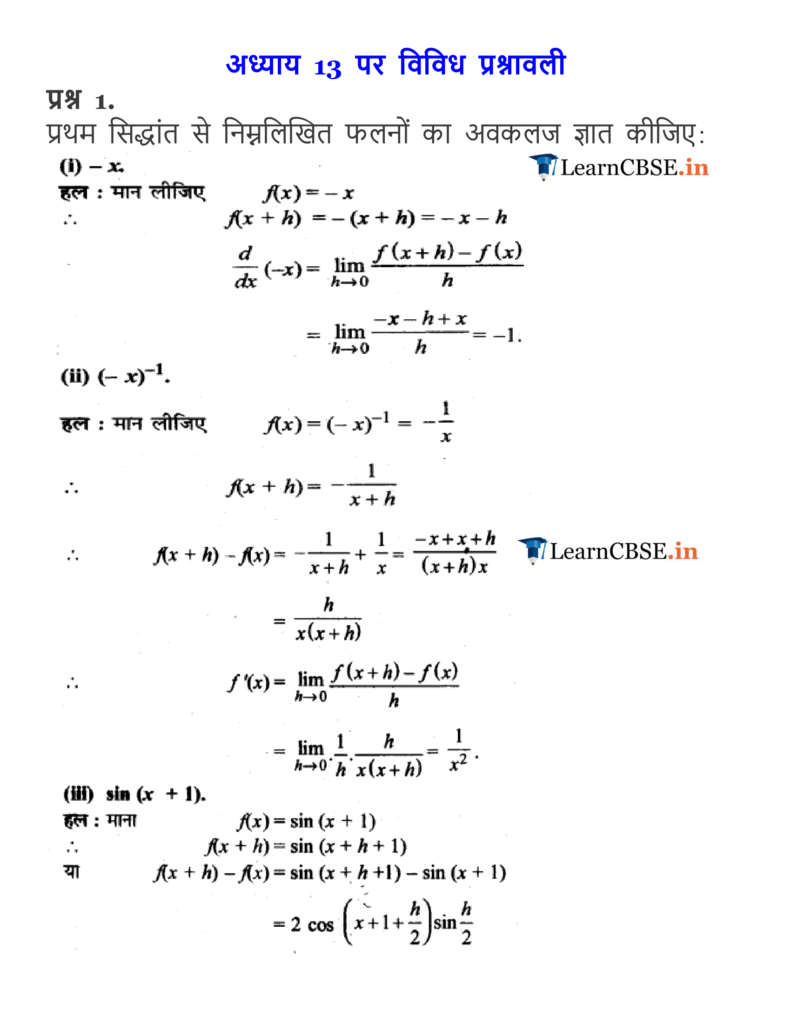

But if the driver loses control completely, the car may fly off the track entirely, on a path tangent to the curve of the racetrack. Normally, this just results in a wider turn, which slows the driver down. If a driver does not slow down enough before entering the turn, the car may slide off the racetrack. = 3 x 2 Let h go to 0.įigure 3.20 The grandstand next to a straightaway of the Circuit de Barcelona-Catalunya race track, located where the spectators are not in danger. = lim h → 0 ( 3 x 2 + 3 x h + h 2 ) After cancelling the common factor of h, the only term not containing h is 3 x 2. = lim h → 0 h ( 3 x 2 + 3 x h + h 2 ) h Factor out the common factor of h. = lim h → 0 3 x 2 h + 3 x h 2 + h 3 h In this step the x 3 terms have been cancelled, leaving only terms containing h. All other terms contain powers of h that are two or greater. d d x ( x 3 ) = lim h → 0 ( x + h ) 3 − x 3 h = lim h → 0 x 3 + 3 x 2 h + 3 x h 2 + h 3 − x 3 h Notice that the first term in the expansion of ( x + h ) 3 is x 3 and the second term is 3 x 2 h. For this function, both f ( x ) = c f ( x ) = c and f ( x + h ) = c, f ( x + h ) = c, so we obtain the following result:ĭ d x ( x 3 ) = lim h → 0 ( x + h ) 3 − x 3 h = lim h → 0 x 3 + 3 x 2 h + 3 x h 2 + h 3 − x 3 h Notice that the first term in the expansion of ( x + h ) 3 is x 3 and the second term is 3 x 2 h. We first apply the limit definition of the derivative to find the derivative of the constant function, f ( x ) = c. To find derivatives of polynomials and rational functions efficiently without resorting to the limit definition of the derivative, we must first develop formulas for differentiating these basic functions. The functions f ( x ) = c f ( x ) = c and g ( x ) = x n g ( x ) = x n where n n is a positive integer are the building blocks from which all polynomials and rational functions are constructed. In this section, we develop rules for finding derivatives that allow us to bypass this process. The process that we could use to evaluate d d x ( x 3 ) d d x ( x 3 ) using the definition, while similar, is more complicated.

For example, previously we found that d d x ( x ) = 1 2 x d d x ( x ) = 1 2 x by using a process that involved multiplying an expression by a conjugate prior to evaluating a limit. 3.3.6 Combine the differentiation rules to find the derivative of a polynomial or rational function.įinding derivatives of functions by using the definition of the derivative can be a lengthy and, for certain functions, a rather challenging process.3.3.5 Extend the power rule to functions with negative exponents.3.3.4 Use the quotient rule for finding the derivative of a quotient of functions.3.3.3 Use the product rule for finding the derivative of a product of functions.3.3.2 Apply the sum and difference rules to combine derivatives.

3.3.1 State the constant, constant multiple, and power rules.Sam used Differential Calculus to cut time and distance into such small pieces that a pure answer came out.Īnd Differential Calculus and Integral Calculus are like inverses of each other, similar to how multiplication and division are inverses, but that is something for us to discover later! Integral Calculus joins (integrates) the small pieces together to find how much there is.Differential Calculus cuts something into small pieces to find how it changes.The word Calculus comes from Latin meaning "small stone". Sam: "I will be falling at exactly 10 m/s"Īlex: "I thought you said you couldn't calculate it?" so he imagines it shrinking towards zero and he gets: he wants Δt to be so small it won't matter. So the speed is 10 + 5Δt m/s, and Sam thinks about that Δt value.


 0 kommentar(er)
0 kommentar(er)
